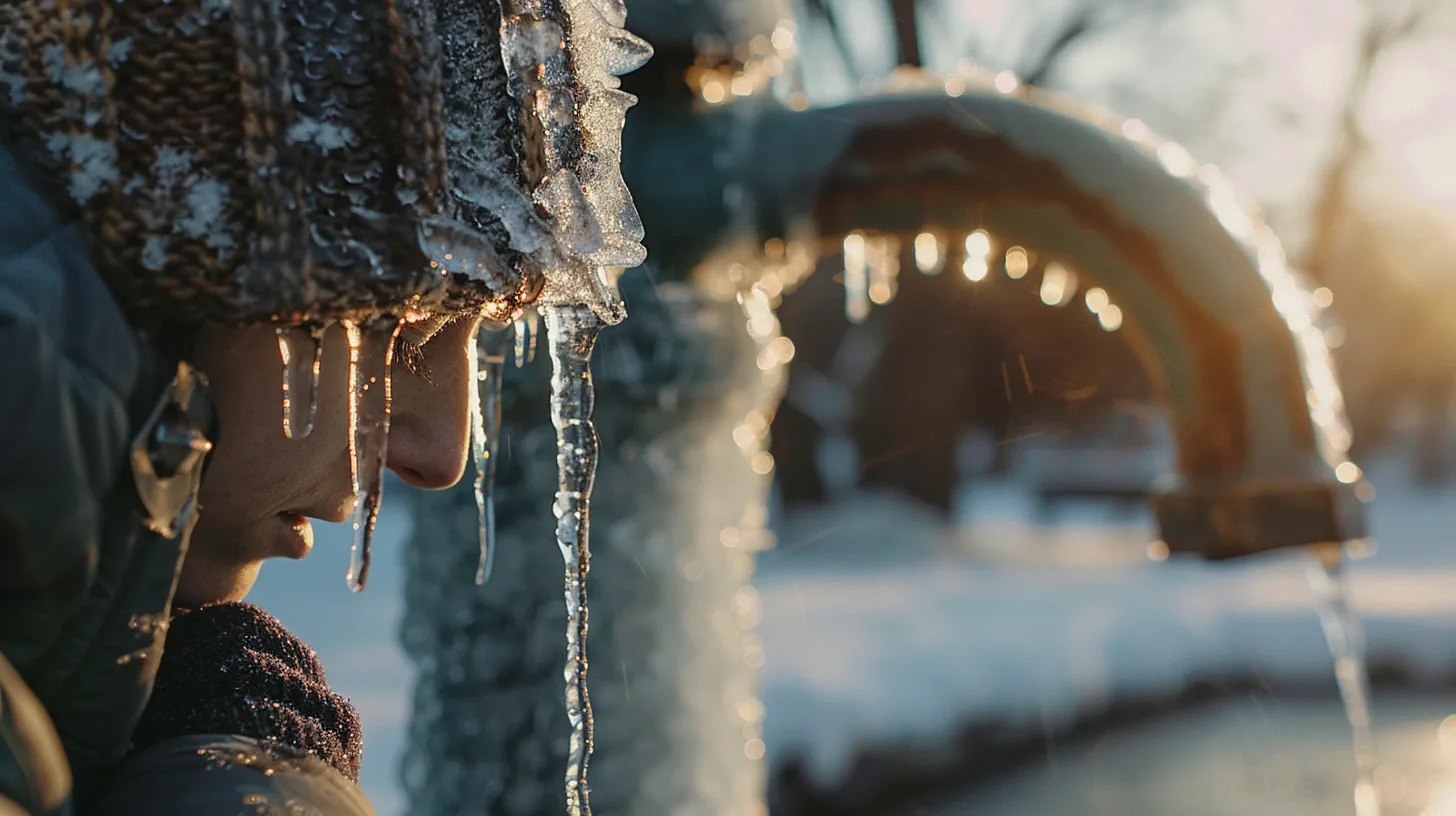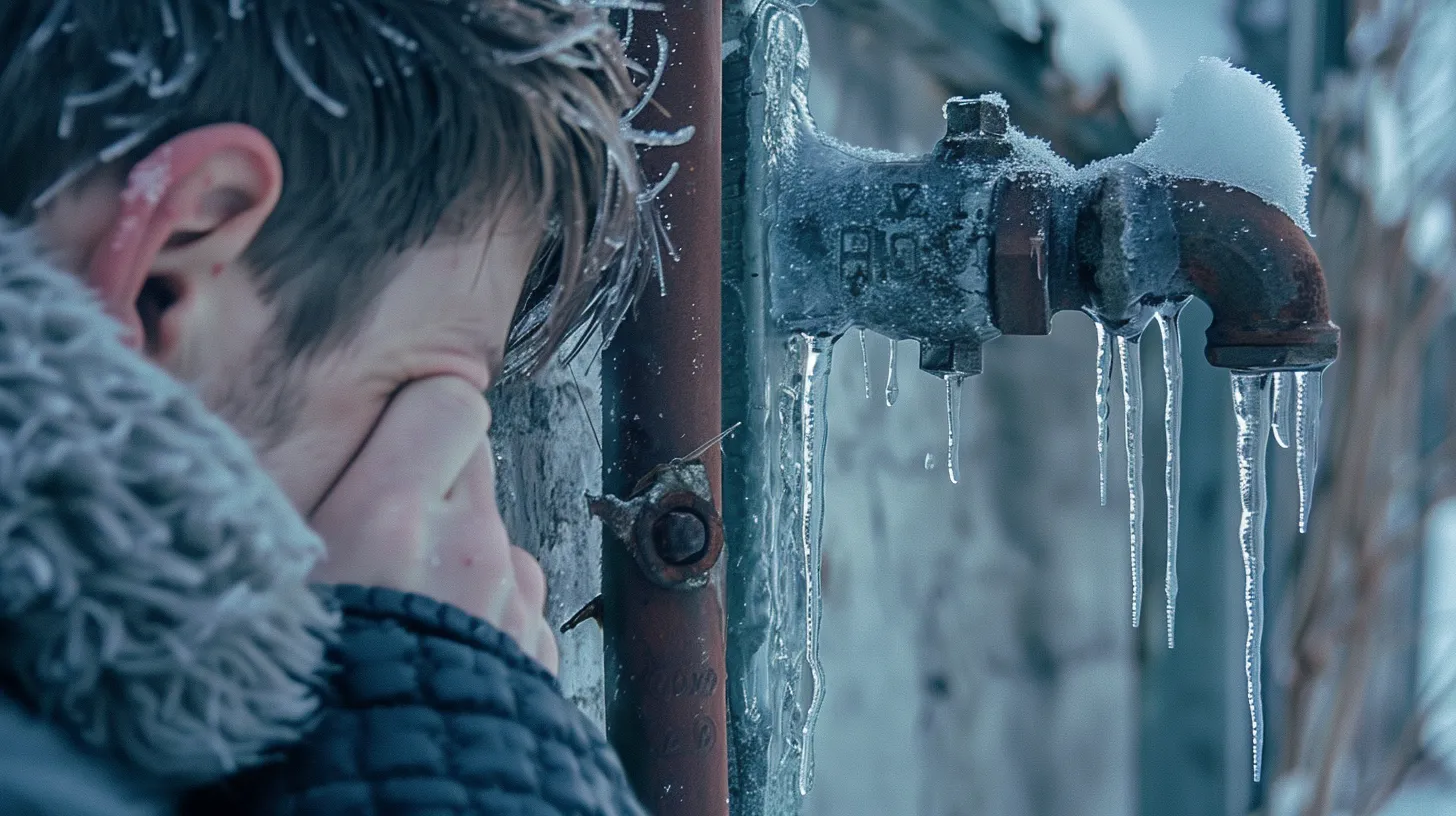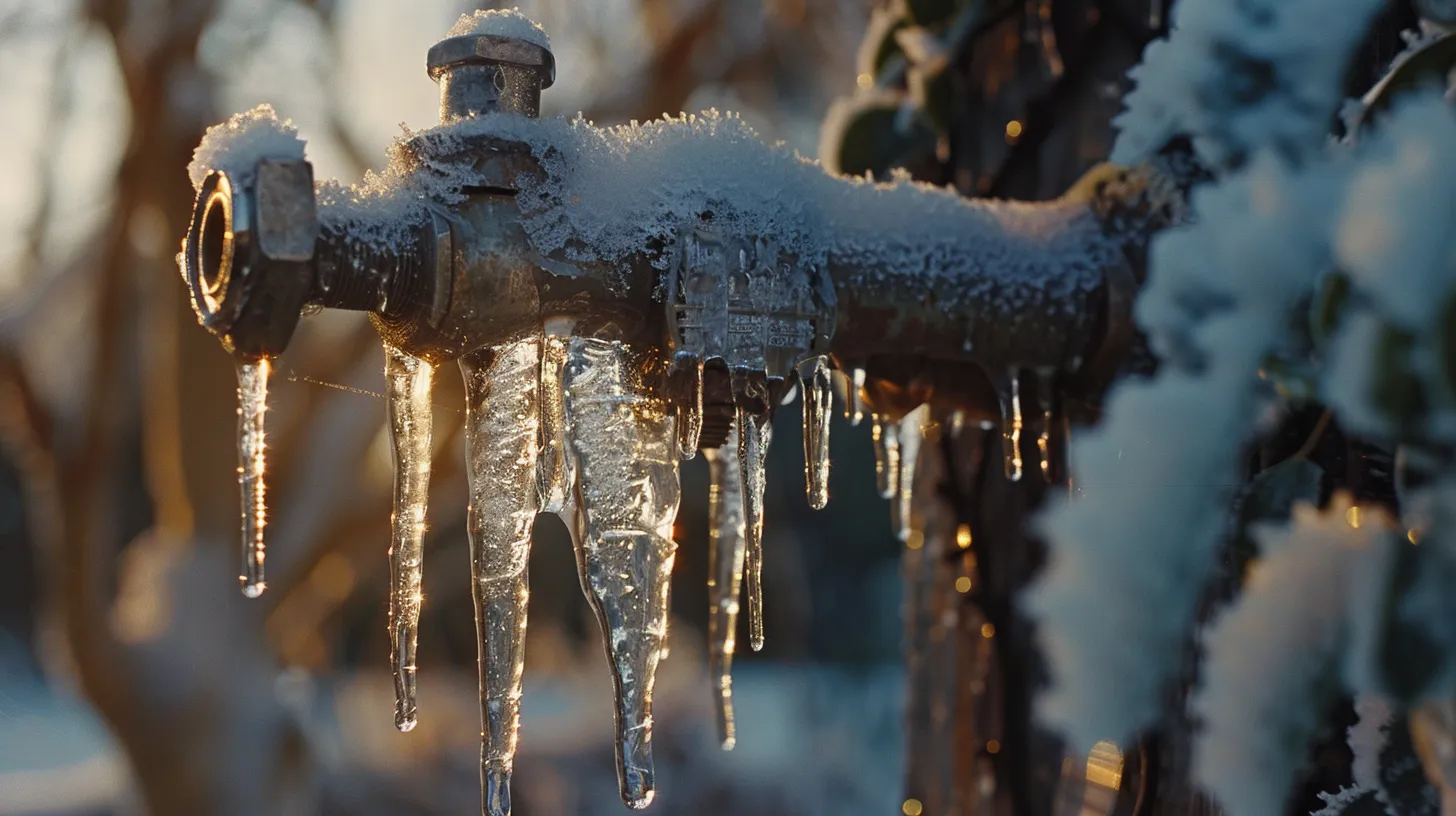In the heart of winter, homeowners may encounter the perplexing challenge of a frozen outside faucet, a common but potentially serious issue. Recognizing the initial signs, such as the absence of water flow, visible ice formation, or an unusually cold touch, is crucial for mitigating damage and taking timely action.
However, identifying these symptoms is merely the first step in a comprehensive approach to address and prevent future occurrences. The intricacies of diagnosing and effectively managing a frozen faucet extend beyond these observable indications, encompassing a range of preventative measures and solutions that are essential for maintaining the integrity of one's plumbing system during the cold season.
Engaging in this discussion opens the door to a deeper understanding of not only the immediate signs but also the underlying factors and remedies that are pivotal in safeguarding against the freezing of outdoor faucets.
Identifying Reduced Water Flow

One of the primary indicators that an outdoor faucet may be frozen is a noticeable reduction in water flow, characterized by diminished water pressure or the absence of water output. This phenomenon occurs when the water within the pipes leading to the faucet freezes, expanding and obstructing the flow of water. Homeowners noticing a sudden decrease in water pressure or facing a complete lack of water when they attempt to use their outdoor faucet should consider the possibility of a freeze.
Frozen pipes can significantly reduce water flow, leading to a mere trickle of water or no water at all emerging from the faucet. Such noticeable changes in the performance of outdoor faucets are clear signs that warrant immediate investigation. To accurately diagnose and address the issue, it's essential to check for other symptoms of freezing, understanding that restricted water flow is a critical and early indicator of potential pipe freezing.
Taking prompt action upon observing these signs can help prevent further damage to the plumbing system and ensure the restoration of normal water flow.
Listening for Unusual Noises

A key indication of a frozen outdoor faucet is the presence of unusual noises, such as gurgling or grinding, when the faucet is in use. These sounds are not only disruptive but also a clear sign that the water within the pipe may be frozen, obstructing normal water flow and causing water pressure issues.
When attempting to operate a frozen outside faucet, you might notice a distinct lack of the typical sound of water flowing. Instead, the silence could be intermittently broken by gurgling sounds, grinding noises, hissing sounds, or even sputtering sounds, each indicating that the water is struggling to pass through a blockage likely caused by ice within the pipe.
Listening carefully for these unusual noises can be a straightforward method for diagnosing a frozen pipe. The absence or alteration of normal water flow sounds is a telltale sign of freezing. It's crucial to be aware of these auditory cues, as they can provide early warning of a frozen outdoor faucet, allowing for timely intervention before the condition worsens.
Paying attention to any unexpected noises like clanking, or the sound of water pressure struggling, is essential for preventing potential damage from a frozen faucet.
Inspecting for Visible Ice

Upon inspecting an outdoor faucet for freezing, visible ice formation around the fixture and its connecting pipes serves as a clear indicator of potential freeze damage. This can manifest as frost or a distinct layer of ice enveloping the exterior of the faucet. Such visible signs are pivotal in assessing the extent of freezing and determining the urgency of intervention required to prevent or mitigate damage.
Feeling the faucet for coldness provides additional evidence of freezing conditions within the pipe system. A faucet that is notably cold to the touch, even in the absence of visible ice, suggests that the water inside may be frozen, disrupting the normal water supply flow. This scenario often necessitates a careful approach to thawing, utilizing gentle heat to gradually restore function without causing damage to the pipe structure.
It is essential to examine these external components before proceeding to manipulate the inside valve or attempting to thaw the pipes. Premature actions without proper assessment could exacerbate existing conditions or create new issues. Ensuring the outside faucet and its adjoining pipes are free from ice is a critical step in safeguarding the integrity of the entire water supply system against the ravages of cold and freezing temperatures.
Checking for Pipe Cracks

After assessing the outdoor faucet for visible ice, it is crucial to examine the connecting pipes for signs of cracks or fractures that could indicate freeze damage. This step is vital in plumbing maintenance, especially in preventing the complications that arise from frozen pipes inside.
A comprehensive pipe inspection can reveal not only the current state of the plumbing system but also inform the necessary thawing methods to be applied. Here is how to conduct a thorough check:
-
Look for visible cracks or fractures on the exterior of the pipe. These can be clear indicators of freeze damage, particularly in pipes not designed as frost-free faucets.
-
Check for any ice buildup or frost on the surface of the pipe. This can signal that the pipe has experienced freezing temperatures and might contain frozen pipes inside.
-
Inspect the pipe for signs of water leakage or moisture . Moisture detection around the pipe can suggest that the ice inside is melting, potentially leading to water leakage.
-
Tap on the pipe gently with a tool or your knuckles. Listening for a hollow sound can help determine if there is ice buildup inside the pipe, which is essential for identifying frozen sections and guiding the selection of appropriate thawing methods.
Assessing for Faucet Leaks

Identifying leaks in your outdoor faucet is a critical step in determining if the freezing temperatures have compromised its integrity. Water leaks, especially around the faucet, are a telltale sign of potential damage due to a frozen pipe. These leaks can result from ice expanding within the pipe, causing cracks or breaks that water seeps through. Moreover, the presence of ice buildup or frost on the exterior of the faucet further indicates that the water inside has frozen and expanded, potentially compromising the faucet's structural integrity.
Listening for unusual sounds such as gurgling or bubbling emanating from the faucet area can also signal an ice blockage within the pipe. These sounds occur when water attempts to flow past the ice, creating air pockets that produce these distinctive noises. Additionally, feeling the temperature of the faucet can provide clues; an extremely cold faucet suggests the likelihood of internal ice formation.
Testing the water flow by turning on the faucet is another crucial assessment. A lack of water flow could mean the pipe is frozen, obstructing water movement. If no water emerges or if the flow is significantly reduced, this indicates a severe blockage, likely due to ice formation within the pipe.










